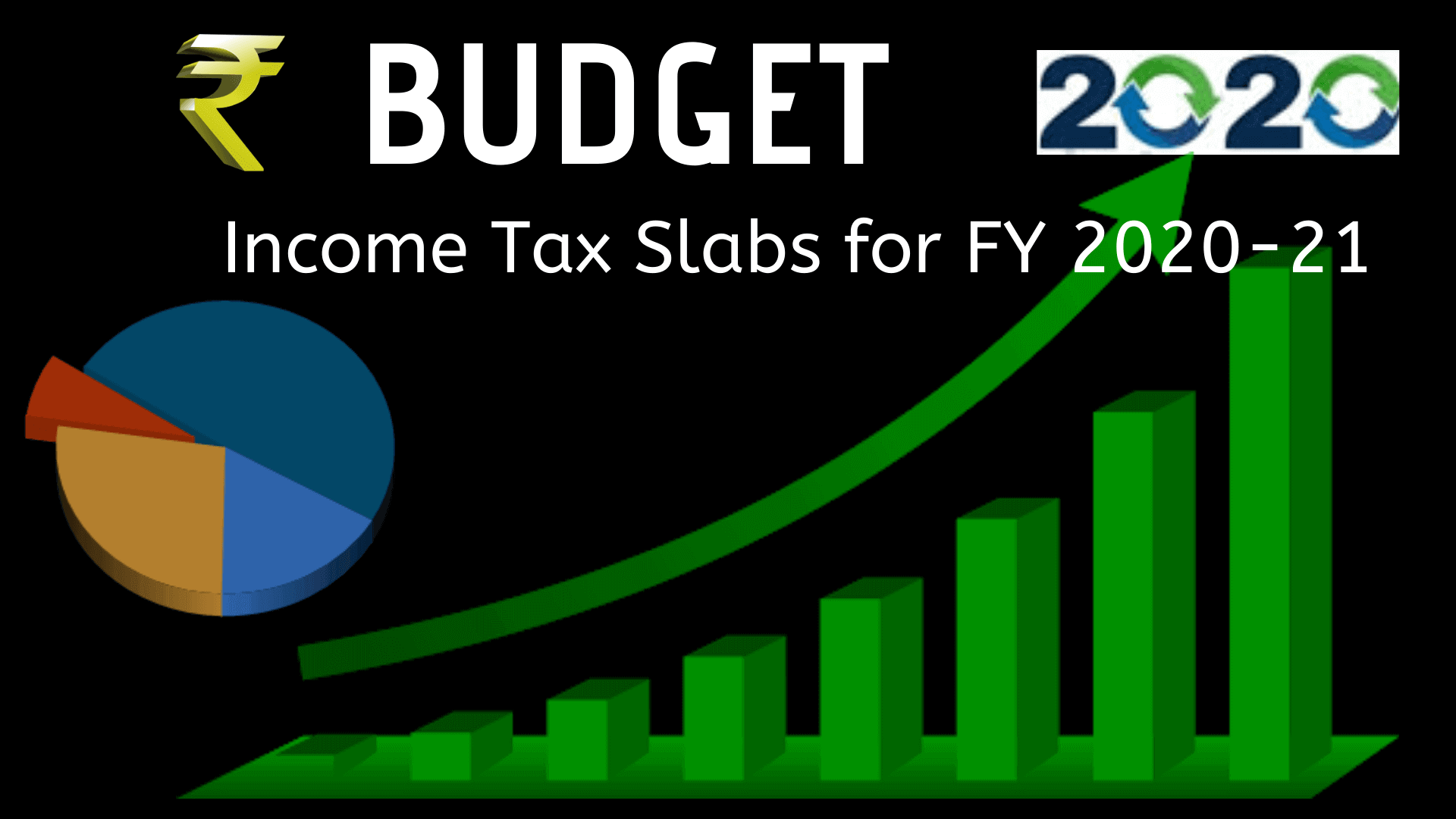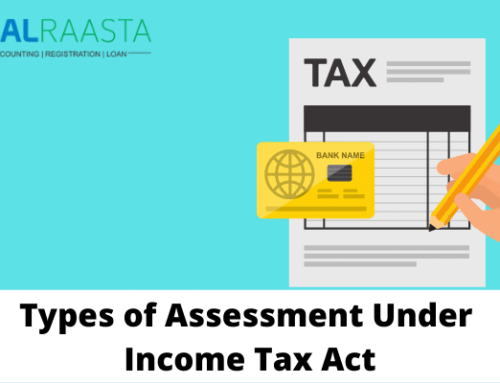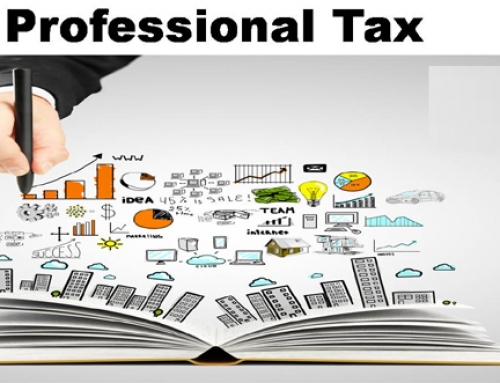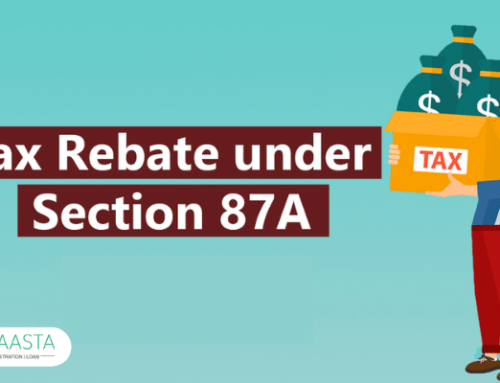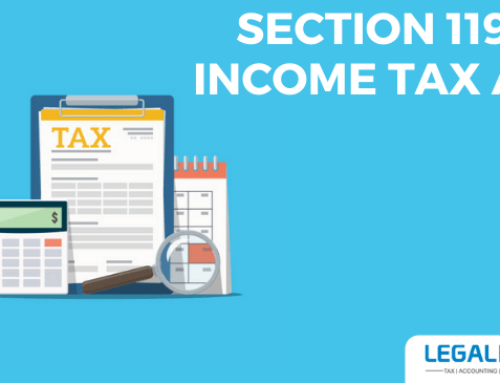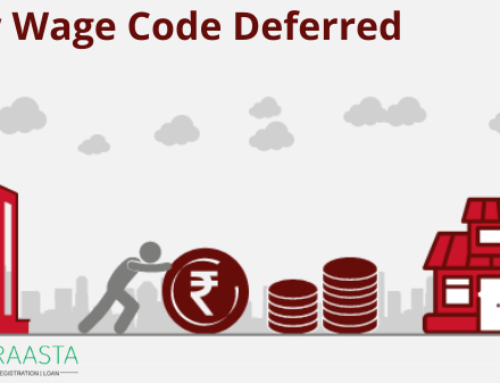In the Latest ITR Slab 2020, the finance minister ” Nirmala Sitharaman” declared the deduction in income tax rates. The new rates, individuals who are earning up Rs.5 Lakh will not require to pay any tax. Let’s have an introduction to ITR slab 2020-2021 in detail.
Introduction: ITR Slab 2020-2021
Contents
- Introduction: ITR Slab 2020-2021
- Details of Latest ITR Slab 2020-2021
- Personal Income Tax and Simplification of Taxation
- DDT ( Dividend Distribution Tax)
- Concessional Tax Rate for Electricity Generation Companies
- Tax Concession for Foreign Investments
- Start-ups
- Concessional Tax rate for cooperatives
- MSME Enterprises
- Which one to use for the highest tax benefits?
- How much will you save under the new Income Tax Regime 2020-21?
- Conclusion
- Frequently Asked question
The Finance Minister stated that the Union Government has created original financial measures to assure that India’s economy continues to step the track of tremendous growth. To make India stay competitive in all over the world and a valued stop for investment, a strong decision has been taken. That is to reduce the corporate tax rate for new companies in the manufacturing sector to an unparalleled level of 15%. For existing companies, the rate is taken down to 22%. As an outcome, our corporate tax rates are now amongst the lowest in the world reason removal of DDT Tax.
As per the announcement of the Finance minister, besides of the reform steps already taken so far, the tax plans in this budget include further changes to stimulate growth, simplify the tax structure, bring peace of compliance, and decrease litigations.
Details of Latest ITR Slab 2020-2021
It is highly foreseen that the Income Tax Budget 2020 will offer some key developments and reforms in the Indian Taxation System to drive investments and extension. These measures can be reduced personal income taxes, an increase in primary exemption limit, a restructured tax rate structure among others. Have a look at the details of ITR slab 2020-2021 below:
-
Personal Income Tax and Simplification of Taxation
To give significant relief to the individual taxpayers and to simplify the Income-Tax law, the Finance Minister has offered to bring a new and reduced personal income tax regime, wherein income tax rates will be significantly decreased for the individual taxpayers who forego some deductions and exemptions.
New Tax Regime announced:
| Taxable Income Slab (Rs.) | Existing Tax Rates (2019) | New Tax Rates (2020-21) |
|---|---|---|
| Rs. 0- Rs.2.5 Lakh | Exempt | Exempt |
| Rs. 2.5 Lakh- Rs.5 Lakh | 5% | 5% |
| Rs.5 Lakh -Rs.7.5 Lakh | 20% | 10% |
| Rs.7.5 Lakh -Rs.10 Lakh | 20% | 15% |
| Rs.10- Rs.12.5 Lakh | 30% | 20% |
| Rs.12.5- Rs.15 Lakh | 30% | 25% |
| Above 15 Lakh | 30% | 30% |
*Surcharge and cess will be maintained to be imposed at the existing rates.
In the new tax regime, the substantial tax advantage will rise to a taxpayer depending upon exemptions and deductions claimed.
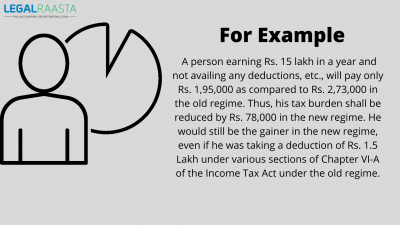
ITR Slab 2020-2021
The new tax regime must be optional for taxpayers. A person who is currently availing more deductions and exemption under the Income Tax Act may choose to avail them and proceed to pay tax in the old regime.
The new personal income tax rates will require estimated revenue foregone of Rs. 40,000 crore per year. Steps is created to pre-fill the income tax return so that a person who picks for the new regime will need no assistance from a specialist to file his return and pay income tax.
-
DDT ( Dividend Distribution Tax)
In the present situation, companies ask to pay DDT tax on the dividend paid to its shareholders at the rate of 15% plus applicable surcharge and cess, in addition to the tax payable by the company on its earnings. In order to increase the attention of the Indian Equity Market and to give support to a large class of investors, the Finance Minister has “offered to remove DDT tax”. And select the classical system of dividend taxation, under which the companies will not ask to pay DDT. The dividend is tax only in the hands of the beneficiaries at their applicable rate.
In order to eliminate the cascading effect, the Finance Minister has offered to provide a deduction for the dividend received by holding company from its subsidiary. The removal of DDT will begin to predicted annual revenue certain of Rs. 25,000 crore. This will further make India an engaging stop for investment.
-
Concessional Tax Rate for Electricity Generation Companies
New plans were introduced in September 2019, offering a concessional corporate tax rate of 15% to the recently incorporated domestic companies in the manufacturing sector that start manufacturing by 31st March 2023.
In order to bring investment in the power sector, it has been proposed to increase the concessional corporate tax rate of 15% to new domestic companies involved in the generation of electricity.
-
Tax Concession for Foreign Investments
To boost investment by the Sovereign Wealth Fund of foreign governments-the Finance Minister has offered to give 100% tax exemption to their interest, dividend and capital gains income in regard to the investment done in infrastructure. And other notified sectors before 31st March 2024 and with the least lock-in period of 3 years.
-
Start-ups
Startups usually use Employee Stock Option, it was taxable to simplify taxation for employees this the Finance minister has proposed deferring the tax payment for 5 years or till they leave the company even seeling their shares whichever is earliest. The limit of Rs.25 crore for startups turnover increases to Rs.100 crore allows a deduction of 100%. Also, intended to increase the period of eligibility for a claim of deduction from the existing 7 years to 10 years.
-
Concessional Tax rate for cooperatives
Cooperative societies are currently charged at a rate of 30% with surcharge & cess. The Finance Minister has said to give a choice to cooperatives sorties to be taxed at 22%, surcharge 10% & 4% cess with no deduction or exceptions. They are also, offer to exempt these societies from Alternative Minimum Tax (AMT).
-
MSME Enterprises
To decrease the compliance burden on small retailers, traders, shopkeepers who hold the MSME sector, the Finance Minister has offered to raise by 5 times, the turnover starts for audit from the existing Rs. 1 crore-Rs. 5 crore. To advertise less-cash economy intended that the raised limit will apply only to those businesses which carry out less than 5% of their business transactions in cash.
Which one to use for the highest tax benefits?
As per me, this new tax slab regime is the most complex tax slab rate in any government introduces. Now many people will be in difficulty of which one to use, the Extra one along with the existing headache for taxpayers of how to save more tax.
Note: – Along with the applicable taxes, you have to extra surcharges at below rates.
- Surcharge:
- 10% surcharge on income tax if the entire income surpasses Rs.50 Lakhs but below Rs.1 Crore.
- 15% surcharge on income tax if the entire income surpasses Rs.1 Crore
- Health and Education cess: There is 4% cess on income tax including surcharge. From Budget 2018, this Health and Education Cess replaced the earlier 2% Education Cess and 1% Secondary and Higher Education Cess.
How much will you save under the new Income Tax Regime 2020-21?
With the introduction of new regimes looks over the comparison of the old & new income tax calculated and understand the total savings.
| Income
(Rs) |
New Rate
(2020-21) |
Total Tax
(2020-21) |
Old Rate
(2019-20) |
Total Tax
(2019-20) |
Tax Difference | Net Savings |
|---|---|---|---|---|---|---|
| Rs.5,00,000 | 5% | 12500 | 5% | 12500 | 0 | -9500 |
| Rs.7,50,000 | 10% | 37500 | 20% | 62500 | 25000 | 6000 |
| Rs.10,00,000 | 15% | 75000 | 20% | 112500 | 37500 | 9000 |
| Rs.12,50,000 | 20% | 125000 | 30% | 187500 | 62500 | 24500 |
| Rs.15,00,000 | 25% | 187500 | 30% | 262500 | 75000 | 27500 |
| Rs.20,00,000 | 30% | 337500 | 30% | 412500 | 75000 | 18000 |
| Rs.25,00,000 | 30% | 487500 | 30% | 562500 | 75000 | 18000 |
Note: These rates are specially calculated to provide you information about the income tax calculation in 2020-21.
Conclusion
The Finance Minister stated, evaluated all exemptions and deductions which got included in the income tax legislation over the preceding several decades. Currently, more than one hundred exemptions and deductions of various natures are given in the Income Tax Act.
An attempt is made to remove about 70 of them in the new clear regime. The remaining exemptions and deductions will also be examined and rationalized in the coming years, to moreover simplify the tax system & lower the tax rate.
LegalRaasta is an online portal for simplifying legal compliances for Individuals as well as businesses. We help provide the quickest and most efficient legal registration for businesses like GST consultation, Food License, as well as, Company Formation with Trademark Filing. In addition to this, our services extend to efficient tax management such as GST returns, and Income Tax Returns ITR. Call +91-875-000-8585 with your requirements.
Frequently Asked question
Income tax is imposed on individuals based on their income known as income tax slab. These slab rates are changed almost every year in the Budget.
Income tax slab rate is applied after all the deductions & exemptions i.e. Total income of the taxpayer including deductions & exemptions.
For a salaried employee, the income tax slabs for individuals will be applicable, pick the right one according to your age.
1) DDT tax is removed
2) Cooperative societies were charged 30 % now its to be taxed at 22%, surcharge 10% & 4% cess with no deduction or exceptions.
3)To bring investment in the power sector, it has been proposed to increase the concessional corporate tax rate of 15% to new domestic companies involved in the generation of electricity.
Income tax slab is measures after standard deduction from salary income.
No, the due date for all the taxpayers is not the same. For individual taxpayers, the due date is 31st July of the assessment year.
The slab rate of professional tax depends on a salary that differs from state to state.
Taxes are collected by the Government through three means i.e. TDS from the income of the receiver or TCS or voluntary payment by taxpayers into various designated Banks.

